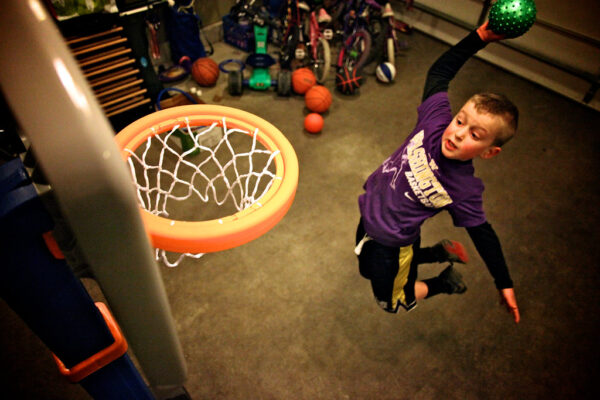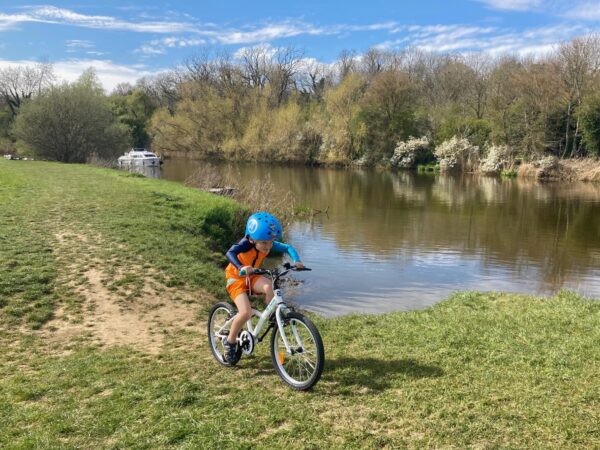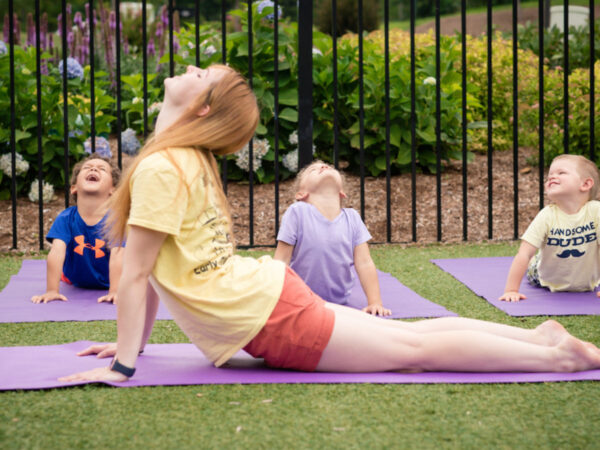You might have heard or read somewhere that participating in some types of sports is a helpful way to increase your height naturally. Yes, you are right because sports play a vital role in boosting your height. And that is what we are going to show you in this article.
During playing a sport, your ankle, knee, and spine muscles can be strained and stimulated, helping you grow taller. However, avoid exercising for hours and hours because it might make your body exhausted instead of supporting your height.
Without more ado, let’s check out the top 10 best sports for height growth below.
Basketball

Start leading off with basketball, a popular height-increasing sport for a long time. When playing basketball, you jump, run, throw the ball and take the ball all the time. That is the key to make your growth plates experience a series of shocks and lead a lot of blood flow into the plates, stimulating growth to acquire maximum height.
What is more, basketball is a perfect form of cardiovascular exercise for you to burn extra fat and calories. And do you know having a leaner frame also makes you look taller?
Swimming
You do like swimming, don’t you? How lucky you are because this sport is an ideal way to help you gain extra inches in height.
Swimming requires you to move all your body, legs, and arms to the fullest, thereby encouraging bone development and growth. Amongst swimming styles, breaststroke is the best one to increase your height.
Soccer
Instead of using your arms and hands, you need to use your legs and feet a lot in soccer. Running, jumping, shooting, passing, or dribbling the ball, all require skills and lots of jumps, and it is the reason why this sport can help you get taller. Especially, if you play soccer during your teenage years, it can help you strengthen your bones and even prevent osteoporosis.
So are you ready to participate in this sport to maximize your height potential?
Cycling

If you want an easy-to-learn sport for height growth, cycling is the best choice. It mainly focuses on the lower body muscles like the thighs and calves. It also stimulates the back muscles and engages the spine along with your core. And if you set the seat’s height higher that might stretch your legs, that means more engagement from your spine which as we said is very helpful for increasing height. But do not adjust the seat’s height too much, or this makes you put more pressure on the joints.
What is lovely about cycling is that you do not need to buy or ride an actual bike. In case you don’t want to go outside, a stationary bike is a good choice. It’s because this equipment can be used anytime and no matter what the weather is.
Volleyball
Similar to basketball, volleyball is another sport that helps you get a high body because it requires lots of jumps for both blocking and spiking the ball. Intense jumping can make the growth plates get an increase in the supply of oxygen and nutrients through the bloodstream [1]. As a result, they end up releasing more bone tissue essential for growth.
Overall, the more jumps you do, the more bone tissues that the growth plates create.
Yoga

If you wish to grow taller, you can do yoga regularly. Stretching and extending the body while twisting bones and muscles in different yoga movements have been approved to be an essential way to add some inches in height. Here are yoga poses that you can consult to help correct body posture and increase height such as tree pose, cobra pose, mountain pose, child pose, and so on.
Skipping rope
This might be an old but effective way to increase height. While you jump, you need to jump continuously and stretch your feet as much as possible while in the air.
Do you know that many nerves are starting from the soles of your feet to the upper body? So, when you turn the rope, the muscles will contract and stretch all the time. And this helps to release growth hormones to all areas of your body, even the lower body, thereby making you get over extra inches taller.
Badminton
Badminton might be uncommon when it comes to the best sport for height growth, but it’s truly effective because it helps promote growth for your height. Playing badminton will engage your shoulder muscles and stretch your spine immensely. Moreover, the lobs, the shots from the back of the court, and the smashes can be very stimulating for both your shoulder and back muscles.
Tennis
Tennis is not only swinging the racket and hitting the ball, it also combines both running and footwork that is necessary to optimize bone density and growth. That means playing tennis helps to lower your risk of suffering from osteoporosis [2].
Golf

We all know vitamin D plays a vital role in height growth, and playing golf allows you to get plenty of this vitamin for sure. Wonderfully, this sport enables you to increase your height without making you sweat and pant like other sports.
During playing golf, you are required to keep the spine in a good state, especially getting your back straight all the time. With a suitable posture, making a good swing is possible. Besides, the swinging action helps to stretch the spine further, allowing the gel-filled sacs in between the bones of the spine to extend. And with all sacs extended, you can have a good posture that can make you look taller.
Final thoughts
If you want to add more inches to your height because you are not satisfied with your current stature, choose and stick to one of the best sports for height growth above.
Besides, try to combine a sports routine with a nutritious diet to get positive results after a prolonged practice of the same. If a proper diet helps keep your joints, bones and body healthy and strong to maintain your height, playing a sport helps tone and strengthen your muscles, thereby stimulating the growth hormones which are necessary for height increase.
Overall, we do hope this article helps you decide which sports you will engage in to make you grow taller. And don’t forget to follow us to get updated posts about height.
